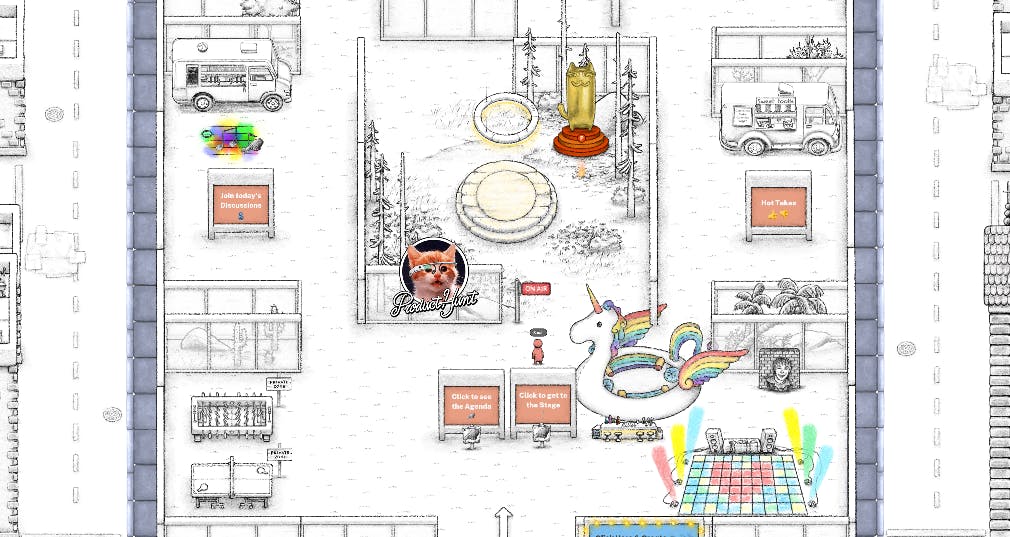Every organization and division faces transition. Employees leave, new ones are onboarded, and projects are passed off. For software, the issue to speak of is introducing a new developer to the product’s codebase.
“First, let's level-set: Understanding codebases is hard,” wrote founder Shanea (King-Roberson) Leven with the launch of CodeSee last week.
CodeSee is a new tool to make codebases easier to digest with auto-generated, self-updating diagrams that help makers visualize an entire codebase. Developers and product teams can use CodeSee to create tours/visual walkthroughs of the code, add labels and notes with color-coding, highlight activity across a codebase, and more.
“With Maps, you can… provide context to other devs to support faster onboarding, planning, and code reviews,” Leven explained. Prior to CodeSee, she led product teams at Lob, Google, Docker, eBay, and Cloudfare.
Even if you’re not a developer, the value of a product like CodeSee isn't too difficult to see — even more so in the context of open source projects. Many makers now view open source as the only viable option for building their products, but when makers open up their codebases for modification, codebases can become difficult to navigate. Thousands of developers could be contributing to the project from all over the world.
Codesee is leaning into the inherent fit — the makers have also launched an open-source community called OSS Port to help developers participate in open source projects.
CodeSee is off to a strong launch, with makers of various backgrounds chiming in:
“Not a developer, but I've had to be very aware of our codebase in past projects. Something like this would've saved me so much time then!” Wilhelm Rahn
“It looks this will make my life easier, allowing me to highlight only the important files and tour about a project to get started. Congratulations!” Kristina Anderson
Leven wants to hear about the unique codebase challenges developers in the Product Hunt community face. Add your voice:

Our San Francisco event is almos there and this guest list is looking sharp!
You don’t want to miss this — yes, you. You don’t have to be in San Francisco to take part in the fun, meet amazing people, and nerd out about your favorite new products.
You can do that all in our virtual world on Topia!
Same time (November 9 at 6pm PST), virtual place.
Make sure to get it on your calendar now by heading over to Eventbrite and clicking “Add to calendar.” Then when it’s time for the event, you’re only a click away from the party.

Webflow’s annual No-Code Conf is back! Join on November 17 & 18 for a special online-only event and hear from the makers, creators, and visionaries behind the no-code movement.
No-code tools help people be more agile and impactful than ever before, transforming how we collaborate and empowering makers to build their ideas to life. Enjoy featured conversations with Trevor Noah and Debbie Millman, engaging breakout sessions, and a rich showcase of ways to design, launch, and grow with no-code.
Personal.ai is, well, a personal AI. It captures your spoken, written, and visual memories on a “Memory Stack” (even using legacy data from Google Calendar and Twitter) to help you remember things later by delivering proactive or timed messages. Your AI can even engage with others for you – sort of like the son of Anton, for all you Silicon Valley viewers.
Your AI gets better/is trained the more you use it over time. “GPT-3 is built on the memories of the public internet, while [Personal.ai] is built on the memories of your private self,” co-founder Suman Kanuganti explained to TechCrunch (link in quote added by us).





